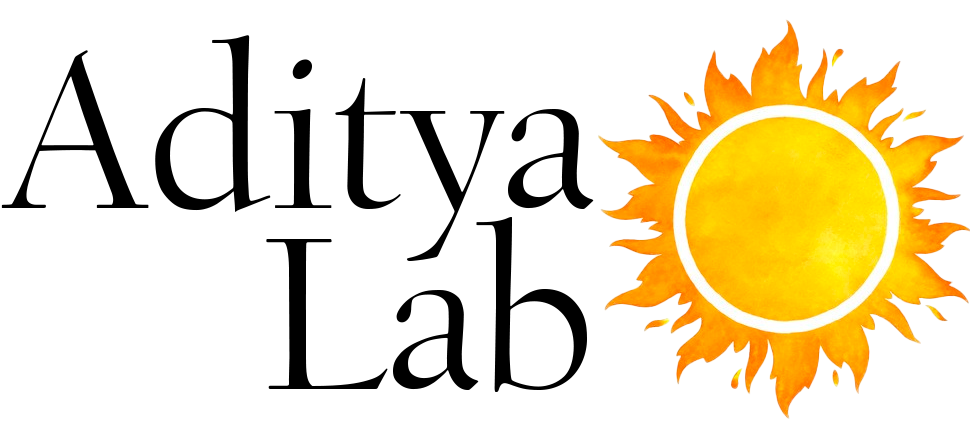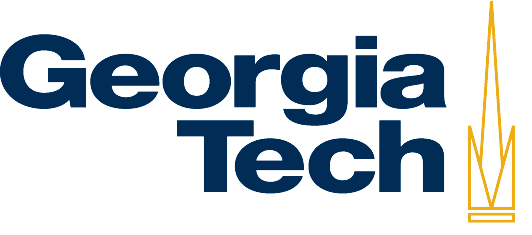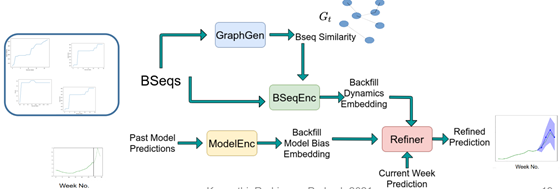
Uncertainty quanitfication for forecasting

Most existing epidemic forecasting models disregard uncertainty quantification focusing mostly on point predictions. However, well calibrated forecasts increase reliability and improve decision making. We introduce an efficient non-parametric probabilistic deep neural model, EpiFNP, to directly model forecasts as stochastic process and introduce Neural Gaussian Process based deep learning models that significantly improve accuracy and calibration for disease forecasting, adapt to novel patterns as well as provide interpretable probabilistic forecasts.
Leveraging Revision dynamics of features to improve Real-time forecasting

A non-trivial problem that is usually not addressed during real-time forecasting is that signals reported for a week get subsequently revised over time which has negative impact on training as well as evaluation of forecast models in real-time. In our work, we study the effects of revision, called the backfill phenomenon on forecast targets as well as other surveillance features used by the models on training and evaluation pipeline and introduce a Graph Neural network based model, Back2Future, that leverages the temporal dynamics of revision across regions and signals to refine the predictions of any model towards the revised stable values of future targets. Our framework, assumes the model to be refined is a black box and requires only the history of model's past predictions for training. Back2Future also refines the reported values of ground truth towards revised values to improve real-time model evaluation.





